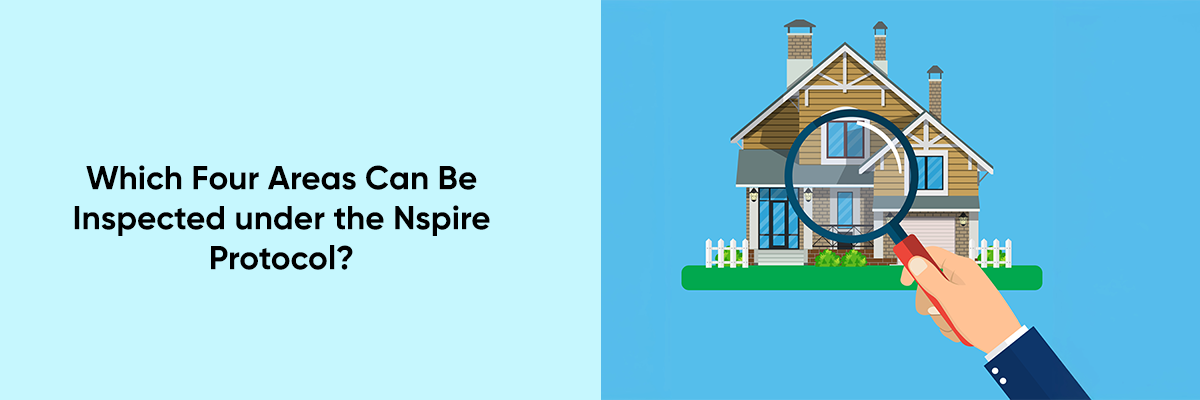Which Four Areas Can Be Inspected under the Nspire Protocol?
The Nspire Protocol is a comprehensive framework designed to ensure high standards of quality and safety in various industries. It outlines specific areas that require inspection to maintain compliance with regulatory requirements and industry best practices. Understanding these key areas is crucial for businesses to ensure they meet the necessary standards and provide a safe and effective environment for their operations.



Here are the four primary areas inspected under the Nspire Protocol:
1. Health and Safety Compliance
Health and safety compliance is a critical area of inspection under the Nspire Protocol. This involves ensuring that all workplace environments adhere to established health and safety regulations to protect employees, customers, and visitors. Inspections typically cover:
- Workplace Conditions: Inspectors examine the physical environment to ensure it is safe and free from hazards.
- Emergency Preparedness: This includes evaluating the presence and accessibility of emergency exits, fire extinguishers, first aid kits, and clear emergency evacuation plans.
- Safety Training: Ensuring that employees are adequately trained in safety procedures, including the use of personal protective equipment (PPE) and the handling of hazardous materials.
Compliance with health and safety standards helps prevent workplace accidents and injuries, thereby fostering a safer working environment.
2. Operational Efficiency and Process Optimization
Operational efficiency and process optimization are crucial for businesses to maintain competitive advantage and sustainability. The Nspire Protocol includes inspections focused on:
- Workflow Analysis: Inspectors analyze workflows to identify bottlenecks and inefficiencies.
- Resource Management: Ensuring optimal use of resources, including labor, materials, and equipment, to maximize productivity and minimize waste.
- Quality Control: Inspecting quality control measures to ensure products and services meet specified standards.
By optimizing operations, businesses can enhance productivity, reduce costs, and improve overall performance.
3. Environmental Impact and Sustainability
With increasing awareness of environmental issues, the Nspire Protocol emphasizes the importance of sustainability and minimizing environmental impact. Inspections in this area focus on:
- Environmental Compliance: Ensuring that businesses adhere to environmental regulations and standards.
- Sustainable Practices: Evaluating the implementation of sustainable practices, such as using renewable energy sources, recycling programs, and reducing carbon footprints.
- Environmental Risk Management: Identifying potential environmental risks and implementing measures to mitigate them.
Adopting sustainable practices not only helps protect the environment but also enhances a company’s reputation and long-term viability.
4. Regulatory and Legal Compliance
Compliance with regulatory and legal requirements is essential to avoid penalties and legal issues. The Nspire Protocol includes comprehensive inspections to ensure adherence to:
- Industry-Specific Regulations: Depending on the industry, businesses must comply with various regulations, such as food safety standards, pharmaceutical regulations, or construction codes.
- Licensing and Certification: Verifying that all necessary licenses and certifications are up to date and valid.
- Documentation and Reporting: Ensuring that all required documentation and reports are accurate and up to date.
By maintaining regulatory and legal compliance, businesses can operate smoothly and avoid the risks associated with non-compliance.
Conclusion
The Nspire Protocol provides a structured approach to inspections, focusing on health and safety compliance, operational efficiency, environmental impact, and regulatory compliance. By thoroughly inspecting these four key areas, businesses can ensure they meet high standards of quality and safety, fostering a secure and efficient operational environment. Understanding and implementing the Nspire Protocol’s guidelines helps organizations mitigate risks, enhance performance, and achieve sustainable growth.


